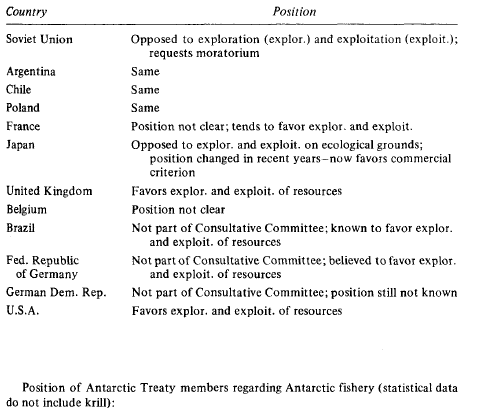No CrossRef data available.
Article contents
Field Emission Basics: The Water Bucket Analogy
Published online by Cambridge University Press: 14 March 2018
Extract
In the water bucket analogy (Figure 1), the water level in a bucket represents the Fermi level - the highest occupied energy level in the cathode material. The work function is the energy required to get the “water droplets” (electrons) from the top of the liquid out of the bucket and ever the side (i.e., the distance equivalent to the potential energy barrier).

In photoemission, the energy of a photon can remove an electron at the Fermi level from the cathode material and can impart enough kinetic energy of travel to allow it to escape from the bucket (Figure 1a). In thermionic emission, heat provides the energy to boil the electrons off and out of the bucket (Figure 1b). Finally, in field emission, a high electric field can thin the side of the bucket enough so that the electrons can tunnel right through it (Figure 1c). There are two types of field emission: cold field emission (CFE) and Schottky emission (SE).
- Type
- Research Article
- Information
- Copyright
- Copyright © Microscopy Society of America 1995




